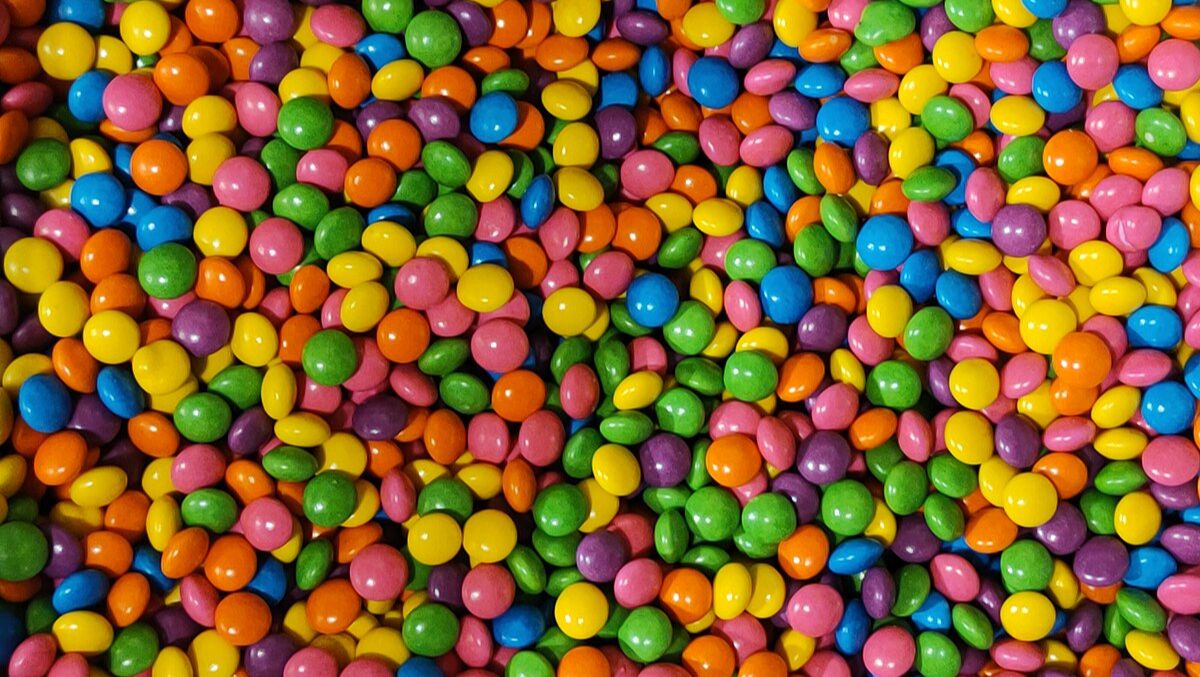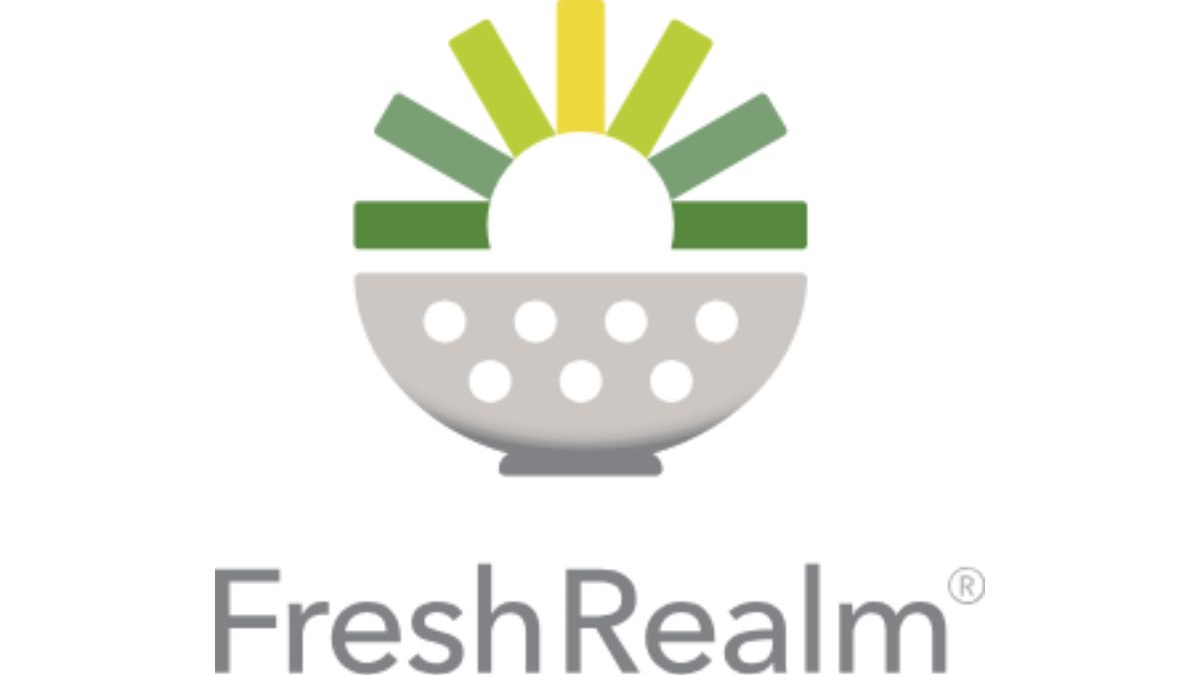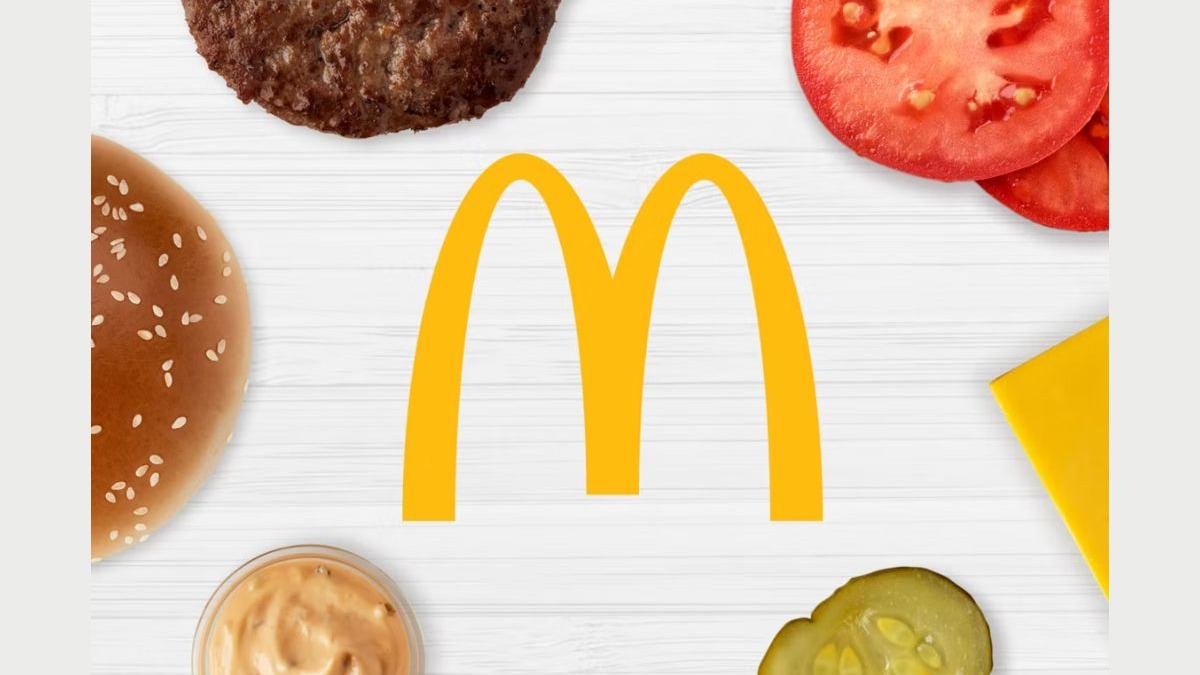Several petroleum-based synthetic food dyes will soon be phased out of the US Food Supply. The statement came at a press conference held on Tuesday by the Secretary of Health and Human Services, Robert Kennedy Jr.
Highlights
- The FDA has announced plans to ban and phase out a total of 8 food dyes used in various products across the food industry.
- The companies that use them in their product are being asked to voluntarily remove them.
- While there is no conclusive evidence on the adverse effects of these substances on health, there have been studies that link them to various medical conditions.
8 Food Dyes to Soon Disappear from The Country’s Food Supply
As per the FDA announcement, a total of 8 commonly used colorants will soon be eliminated from the food supply in the country. The FDA will work with the industry to voluntarily remove six of them. Further, the process has begun to ban two other colorants. The agency also asked the industry to speed up the process of removing the colorant Red No. 3, which was previously banned during the Biden administration.
The dyes that will be phased out are Red Dye 40, Yellow Dye 5, Yellow Dye 6, Blue Dye 1, Blue Dye 2, and Green Dye 3. Additionally, Citrus Red 2 and Orange B will be banned as well.
While the announcement has been made, it is notable that the industry is left with the choice of whether to comply with the department’s guidelines. Companies may voluntarily remove synthetic additives from their products, but they are not legally required to do so.
Speaking at the press conference, RJK called these dyes used in popular confectioneries, baked goods, and other food products “Poison.” He said, “We are going to get rid of the dyes and then one by one, we’re going to get rid of every ingredient and additive in food that we can legally address.” This move is the first step towards improving the food supply and addressing chronic disease by the HHS under his leadership, he said.
What Did the FDA Commissioner Say?
Martin A. Makary, the FDA Commissioner, said, “For the last 50 years, American children have increasingly been living in a toxic soup of synthetic chemicals.” He went on to say, “Now, there’s no one ingredient that accounts for the child chronic disease epidemic, and let’s be honest, taking petroleum-based food dyes out of the food supply is not a silver bullet that will instantly make America’s children healthy, but it is one important step.”
Speaking about working with the industry on the issue, he said, “I believe in love, let’s start in a friendly way and see if we can do this without any statutory or regulatory changes, but we are exploring every tool in the toolbox to make sure this gets done very quickly. And they want to do it – so why go down a complicated road with Congress?”
Makary also said his agency would encourage companies to shift from synthetic dyes to natural ones. A press statement by the FDA said that it will be publishing a “national standard and timeline for the transition from petrochemical-based dyes to natural alternatives.” The agency will also authorize four new “natural color additives.”
Health Risks Linked to Synthetic Dyes
Synthetic dyes and their effects on health are still being studied. A lot more research is needed on the subject to conclusively assert the impact that these substances may have on health.
There have been studies that link the consumption of synthetic dyes with hyperactivity and neurobehavioral problems in some children. Other studies have also linked the substances with cancer, ADHD, and organ damage.
As the scientific community continues to study the substances, different countries have handled them through their own regulatory measures.
A statement from the Center for Science in the Public Interest (CSPI), which has long advocated for banning synthetic additives, said that it was disappointed by the announcement. Explaining its reaction, the statement said, “Because using synthetic food dyes has always been voluntary, there is no incentive from today’s announcement for manufacturers to switch to natural food colors.”
How Has the Industry Responded?
Responding to the announcement, the International Association of Color Manufacturers released a statement which said, “Requiring reformulation by the end of 2026 ignores scientific evidence and underestimates the complexity of food production. The process is neither simple nor immediate, and the resulting supply disruptions will limit access to familiar, affordable grocery items.”
A variety of responses have come from the different organizations that represent the food industry.













